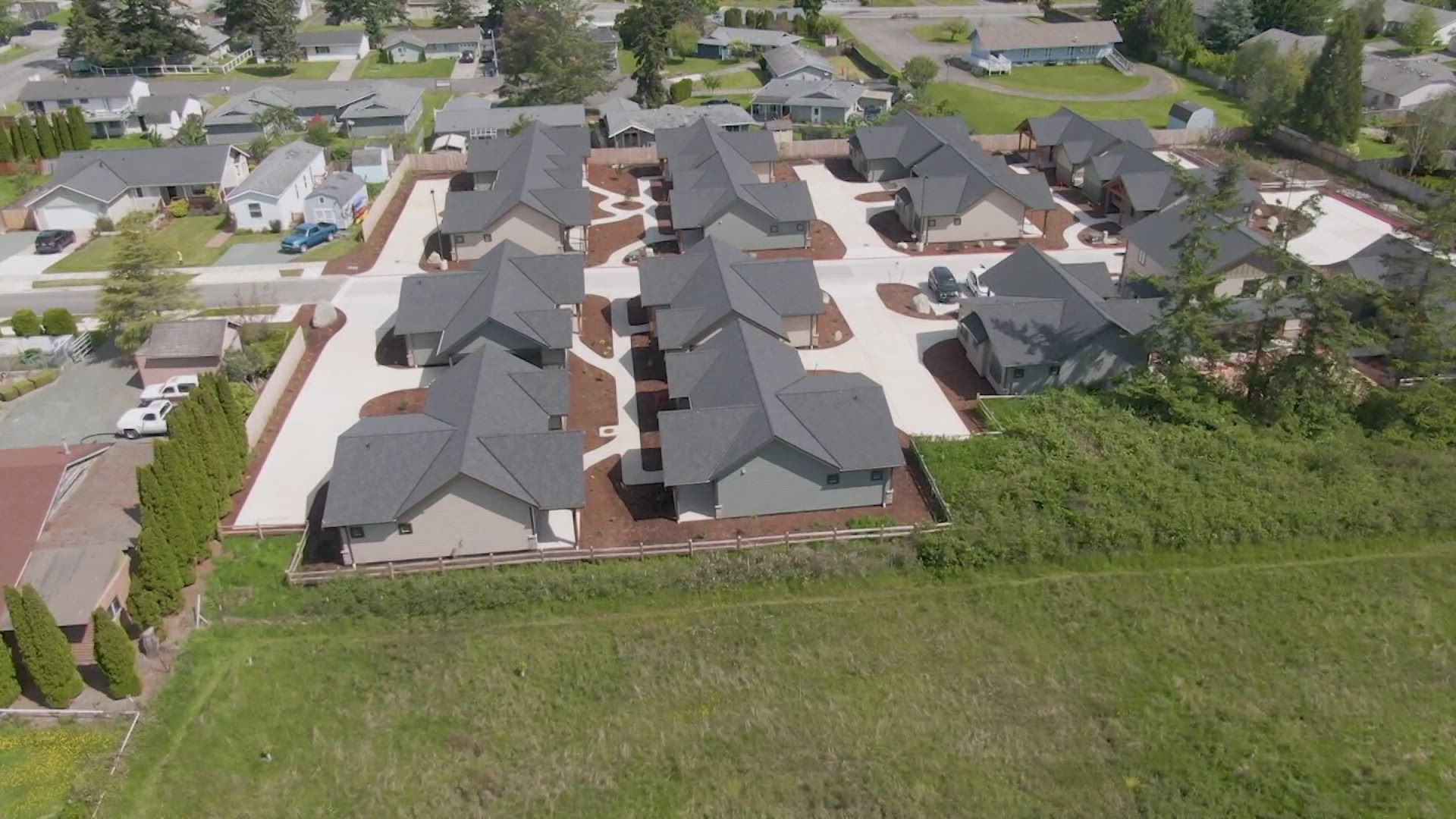SAMISH, Wash. — Marilyn Howard can't wait for the first potluck at her new home.
"I think I'd like to have a bean pot in a slow cooker which you could share with everybody," she said.
Marilyn is an elder of the Samish Indian Nation. She has lived in Bellingham for years but is now moving back to her Samish roots. It's an identity she embraces fiercely and one she doesn't want to lose.
"Once the stories are gone, they're gone. When people pass, there are no more stories. By bringing everyone so close together, we hopefully can all hear their stories. That means a lot to the Samish themselves," Marilyn said.
The Samish have a complicated history on their land located near Anacortes. For 27 years they were a people who technically didn't exist. A clerical error by the U.S. government in 1969 removed the Samish Tribe from America's registry of Indian tribes.
Finally, in 1996, they were recognized once again. By this point, however, their people had scattered throughout the region. One observer noted the tribe was going "extinct."
Now, with just 2,000 enrolled members, tribe the Samish are rebuilding who they are. And they're doing that by building houses.
"To really bring people home, this is our first step," said Samish Chairman Thomas Wooten. "This is a blueprint for the future of the tribe."
A brand new, 14-unit affordable housing development built for elders, low income and disabled is now open. The Samish call it a "village." They're the first Native homes built on the land in 125 years.
The idea is to bring the Samish back to their ancestral roots to create community - restore the population and pride.
"When the elders come back it's not just the elders. Their families come with them," said Wooten. "That's where we start re-establishing the sense of community and being Samish."
For Marilyn, that potluck can't come soon enough. Her journey back home is just beginning.
"It will come full circle," she said. "This is where we belong to be."
Watch KING 5's top stories on YouTube

